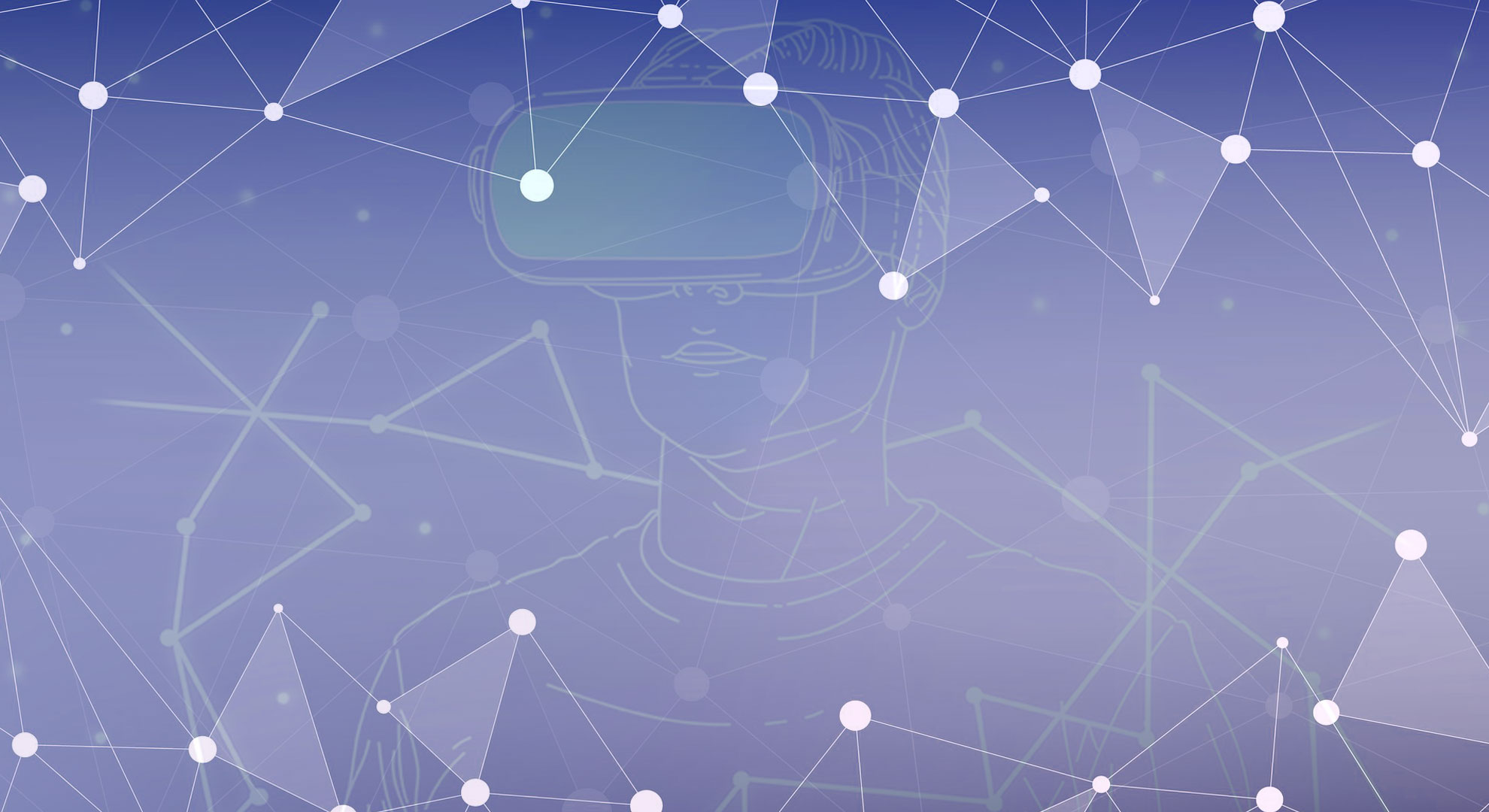We are living in a world full of innovation. Artificial intelligence, internet of things, big data, and high-speed wireless networking have done miracles we could ever imagine. As a result, we’re enjoying improved living standards, using super-fast gadgets, and making better business decisions using data analytics.
Everything is powered by data, and data is managed via cloud storages. However, with the increasing demand and soaring usage of cloud, the game is going beyond its capacity, requiring an improved approach.
As a countermeasure, Cisco introduced a new approach and termed it as “Fog computing”. It is a new distributed architecture that allows further distribution of core functions such as computing, communication, control, storage and decision making while keeping things closer to the data origin. It is also known as “Edge computing” and is very closely related to the internet of things and cloud computing.
In the following, we’re discussing some key advantages of using Fog Computing!
Benefits of Fog Computing
Greater Business Agility
By utilizing the right set of tools, developers can seamlessly develop fog applications and deploy them whenever needed. Fog applications drive the machine to function in a way according to customers need.
Better Security
Fog nodes can be protected using the same controls, procedures, and policy you use in other areas of IT environment.
Deeper Insights with Privacy Control
The sensitive data can be analyzed locally instead of sending it to the cloud for analysis. The IT team can keep track and control the devices that collect, analyze and store data.
Reduced Operation Cost
Fog computing can save network bandwidth by processing selected data locally, instead of sending it to the cloud for analysis.
Applications of Fog Computing
Fog Computing works best in a cloud-based control environment to offer control and deeper insight across a range of nodes. These include wind energy, transportation, smart cities, surveillance and smart buildings. Let’s have a look at some of the real-life examples where and how fog computing can be helpful.
Fog Computing in Smart Cities
Large cities face a number of challenges including public safety, sanitation, traffic congestion, high-energy utilization and municipal services. The solution to these challenges lies in a single IoT network by installing a network of fog nodes.
The major issues in establishing smart cities are the shortage of broadband bandwidth and connectivity. Modern cities have multiple cellular networks and ample coverage. These networks have the capacity and peak bandwidth limits that is not enough to meet the needs of the existing customers. However, deploying fog computing architecture, allows fog nodes to offer local storage and processing. Hence, optimizing the network usage.
Smart cities also strive hard with safety and security issues. To address this issue, time-critical performance requires advanced real-time analytics. The network may transmit traffic and data along with life-critical systems. Fog computing resolves security issues, data encryption, and distributed analytics requirements.
Uses of Fog Computing in Smart Buildings
Commercial buildings are equipped with several sensors to inspect various building operations such as parking space occupancy, temperature and keycard readers. Data from these sensors must be watches to find what actions are required; like, triggering a fire alarm if smoke is sensed.
Fog computing permits free local operations for the optimized control function. Not only a single floor but also individual room can have its own fog node, allowing emergency monitoring and response functions, climate control, lighting control and supplementing the limited capacity of computers and smart devices.
Fog Computing in Visual Security
Video cameras are used in public places, parking lots and residential areas to enhance safety and security. The bandwidth of visual data collected over a large-scale network makes it impossible to carry the data to the clod and collect real-time insights.
For instance a busy shopping mall with thousands of people moving around simultaneously. Real-time monitoring and discovery of irregularities carry strict low latency requirements on surveillance systems.
However, fog computing helps in real time, latency sensitive distributed surveillance systems that uphold privacy. With the help of fog architecture, video processing is logically divided between fog nodes located with the cloud and the cameras. It helps in real time tracking, anomaly detection, and collection of results from data captured over time.
Conclusion
Fog computing offers cloud computing to handle the larger set of data generated daily from IoT. It helps solve challenges of exploding data velocity, variety, and volume. It also enhances the awareness and response to events by eradicating a round trip to the cloud for analysis.
Moreover, it helps in reducing the cost of additional bandwidths by discharging gigabytes of the network from the prime network. In addition, it can protect the sensitive Internet of Things data by evaluating it inside the company. Hence, the enterprises who embrace fog computing gain faster and deeper insights, resulting in increased business agility, improved safety, and higher service level.



Fog computing offers cloud computing to handle the larger set of data generated daily from IoT. It helps solve challenges of exploding data velocity, variety, and volume. Thank you for sharing the fog computing benefits with examples.